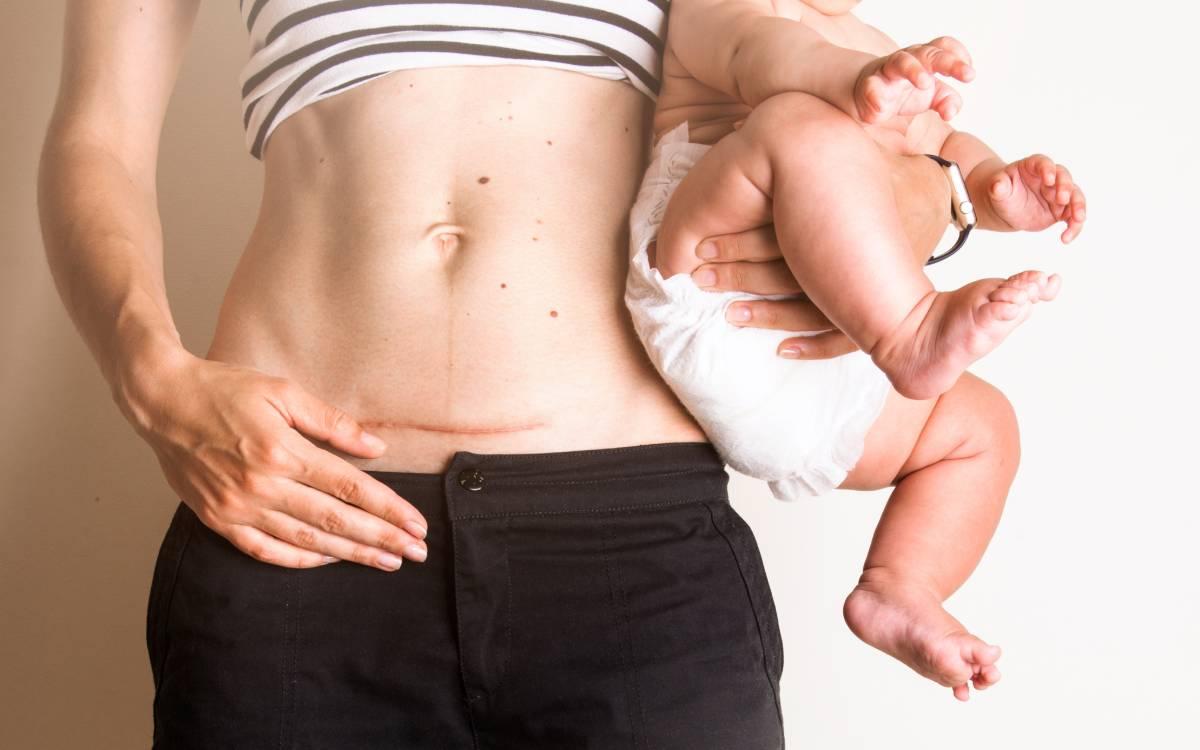Notifications

8 minutes, 14 seconds
-21 Views 0 Comments 0 Likes 0 Reviews

A cesarean section is a major surgical procedure that brings new life into the world but also requires special care afterward. Recovery from a C-section can be very different from recovery after a vaginal birth, and understanding what to expect can help new mothers manage their healing process with confidence and patience.
If you or someone you know has recently had a cesarean section, or if you’re expecting and preparing for the possibility of one, it’s important to know the basics of recovery so you can take the best care of yourself and your baby.
What Is a Cesarean Section
A cesarean section, often referred to as a C-section, involves delivering a baby through a surgical incision made in the mother’s abdomen and uterus. This procedure may be planned ahead of time or performed as an emergency if complications arise during labour.
Since it is a surgical operation, recovery requires rest, careful monitoring, and adherence to specific medical guidelines to prevent complications.
Immediate Post-Operative Care
After the surgery, you will spend some time in a recovery room where medical staff will monitor your vital signs, incision site, and pain levels. You might have a catheter in place to help with urination, as it can be difficult to get up immediately after the procedure.
Pain management is essential during this time, and your healthcare provider will prescribe medications that balance pain relief with safety, especially if you are breastfeeding. It’s normal to feel discomfort around the incision and lower abdomen for several weeks.
The First Few Weeks of Recovery
The initial weeks after a cesarean section are crucial for healing. Unlike vaginal births, the abdominal muscles and uterine wall need time to mend from the incision. Here’s what to expect:
Incision Care: Keep the incision clean and dry. Follow your doctor’s instructions for bathing and changing dressings. Watch for signs of infection such as redness, swelling, or discharge.
Activity Restrictions: Avoid heavy lifting, strenuous exercise, or sudden movements that strain your abdomen. Walking gently is encouraged to promote circulation and reduce the risk of blood clots.
Pain and Discomfort: It’s normal to experience pain and tenderness. Use prescribed painkillers as directed and try warm compresses for relief.
Emotional Wellbeing: Many women feel a mix of joy and exhaustion after a C-section. It’s important to communicate your feelings with your support system or healthcare providers.
Managing Postpartum Symptoms After a C-Section
Some common postpartum symptoms after a cesarean section include:
Fatigue: The combined effects of surgery and caring for a newborn can be draining. Prioritize rest whenever possible.
Bleeding and Discharge: Vaginal bleeding (lochia) continues after a C-section, typically lasting several weeks.
Constipation: Pain medications and reduced mobility can cause constipation. Eating fibre-rich foods and drinking plenty of water can help.
Bloating and Gas: Your digestive system may be slower to recover; walking and gentle movement aid digestion.
Breastfeeding Considerations
Breastfeeding after a cesarean section can sometimes be challenging due to discomfort and positioning. Finding a comfortable position that does not strain your incision area is important.
Many mothers find side-lying or football hold positions helpful. If you experience pain or difficulty, a lactation consultant can provide tailored advice and support.
When to Seek Medical Attention
While many aspects of recovery are expected, certain signs require prompt medical attention:
Fever over 100.4°F (38°C)
Severe pain not relieved by medication
Redness, swelling, or pus at the incision site
Heavy bleeding or large blood clots
Difficulty breathing or chest pain
If you notice any of these symptoms, contact your healthcare provider immediately.
Long-Term Recovery and Physical Activity
Recovery from a cesarean section can take up to 6 to 8 weeks or longer depending on individual factors. It’s important to listen to your body and gradually reintroduce physical activity.
Start with gentle walks and pelvic floor exercises. Avoid high-impact workouts or abdominal exercises until your doctor gives clearance. Postpartum physical therapy can also be beneficial if you experience lingering pain or weakness.
Emotional and Mental Health
Surgery and childbirth, combined with hormonal changes and the demands of a newborn, can impact emotional health. Postpartum depression or anxiety can occur after any birth, but mothers who have undergone a cesarean section sometimes report feelings of disappointment or grief over the birth experience.
Talking openly with your partner, friends, or a mental health professional can make a significant difference. Support groups for mothers who had a cesarean birth can provide community and understanding.
Tips to Support Your Recovery
Here are some practical tips to help you heal after a cesarean section:
Accept Help: Don’t hesitate to ask for help with household tasks or childcare.
Maintain a Healthy Diet: Nutritious foods support tissue healing and energy levels.
Stay Hydrated: Drinking plenty of fluids helps prevent constipation and promotes recovery.
Wear Comfortable Clothing: Loose-fitting clothes reduce irritation around the incision.
Follow Medical Advice: Attend all postpartum appointments and follow your doctor’s guidance.
Practice Good Hygiene: Proper cleaning of the incision area is vital.
Preparing for Your Next Pregnancy
If you plan to have more children, it’s important to discuss your cesarean section recovery with your healthcare provider. Future pregnancies after a C-section may require special monitoring, and some women may be candidates for vaginal birth after cesarean (VBAC).
Allow your body sufficient time to heal before conceiving again to reduce risks.
Conclusion
Recovery after a cesarean section involves both physical and emotional healing. Understanding the process, recognising normal symptoms, and knowing when to seek help can empower you to take charge of your health and wellbeing.
Taking care of yourself after a cesarean is essential—not only for your recovery but also to fully enjoy the precious moments with your newborn. With patience, support, and proper care, you can navigate this journey successfully and look forward to many healthy years ahead.

